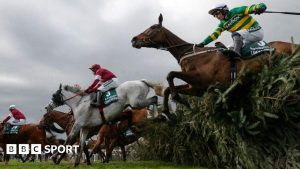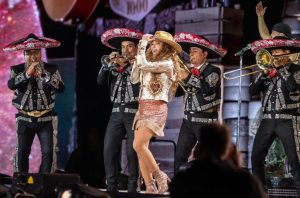In 2005, fans fell in love with Aang and his ragtag group of intrepid friends in Avatar: The Last Airbender. They cheered for all the characters as they traveled around the world, trying to improve themselves amid war. When The Legend of Korra in 2012 promised to deliver even more of the Avatar story, fans were elated. They had seen Roku mentor Aang in tough times and couldn’t wait to see an adult Aang lead Korra down the right path.
However, rather than keeping the Avatar Cycle, it is destroyed. Korra has no outlet or confidant to talk to about her powers. Fans are also robbed of seeing Aang again because he had to die for Korra to exist. The Avatar Cycle was the only way for audiences to see their favorite protagonist again, but the villainous UnaVaatu breaks the cycle in the sequel series. Had Aang been more involved in Korra’s life, he could have guided her to make better decisions and helped her avoid many of her most egregious pratfalls.
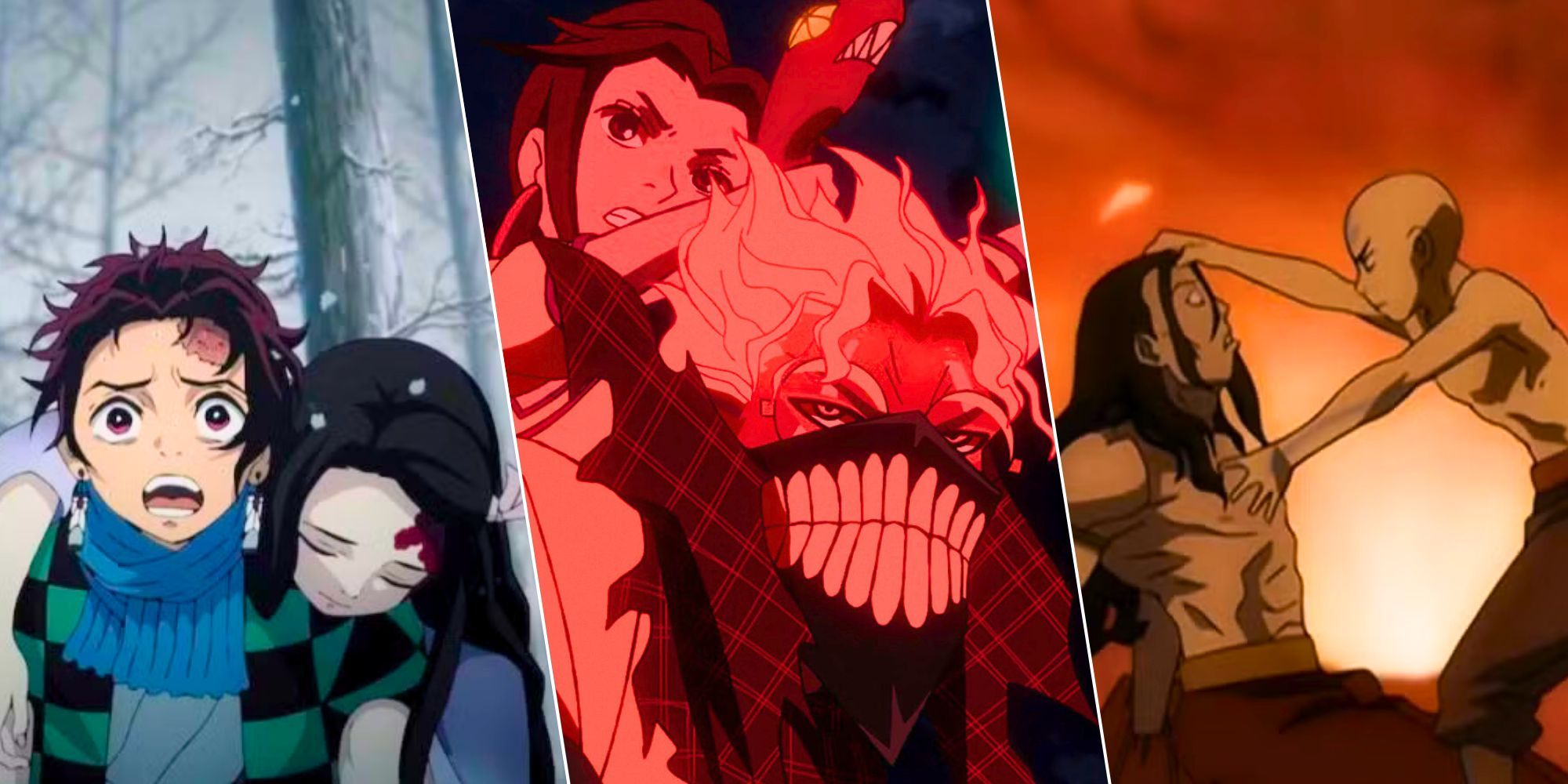
Related
10 Best Anime Fights Won With No Violence
While fights have become a staple of most anime, there are still fights that are won with zero bloodshed.
Aang Is Vital to Korra’s Development Until the Avatar Cycle Is Destroyed
Korra Is Left Without a Former Avatar to Guide Her
Korra is not only Aang’s successor in the Avatar: The Last Airbender universe but also his opposite in terms of personality. Where he learned to avoid direct violence and the importance of self-reflection, Korra struggles with those concepts the most. In this way, having Aang as her Avatar Cycle spirit guide helps to calm her abrasive tendencies. Aang’s presence reminds her to look inward and to listen to others’ opinions before making a decision. Aang also acts as her guide through the Spirit World and eventually restores her bending after she loses it to the villain, Amon.
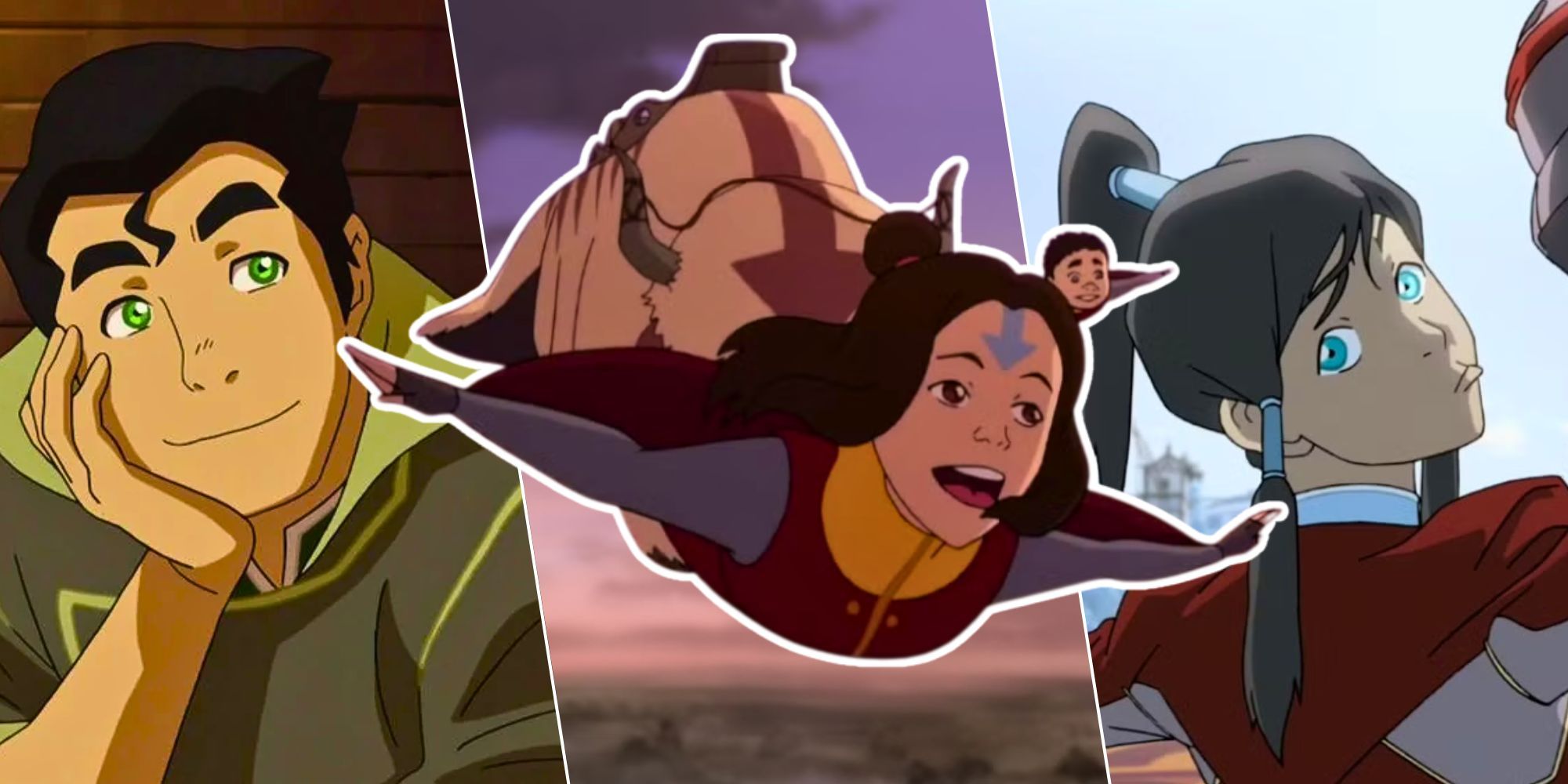
Related
The First 10 Benders Seen in The Legend of Korra, Ranked by Power
The Legend of Korra’s first 10 benders range from peak power to rising stars, with some becoming the series’ strongest characters.
Aang gives Korra visions of the past that could be clues to her current problems as well. This allows Korra to learn from Aang’s experiences that she can apply to her own situation. The most blatant display of this is when Amon turns out to be the son of an evildoer named Yakon. Aang and Sokka went up against Yakone when they were alive, and Aang’s flashbacks help Korra finally reveal Amon’s truth to the public. Sadly, all of this aid is stripped from Korra the moment Aang (and the rest of the Avatar Cycle) is torn away from Korra for good.
Aang’s Unceremonious Exit Doesn’t Give ATLA Fans Closure
Sidelining Aang Is Anticlimactic

As the protagonist of Avatar: The Last Airbender, Aang has immense character growth. Audiences eagerly watch as Aang learns to take responsibility and listen to his convictions. After all the trials and tribulations he goes through, fans were yearning to see what he would be like as a mentor to the next Avatar.
Viewers knew Aang would never be a huge part of Korra’s story. After all, he had to die for her to be born in the first place. Audiences were prepared for less Aang, knowing he would likely only appear when talking to Korra in a spirit form like Roku spoke with him. However, no one seemed to anticipate how little of a role he would have in The Legend of Korra.
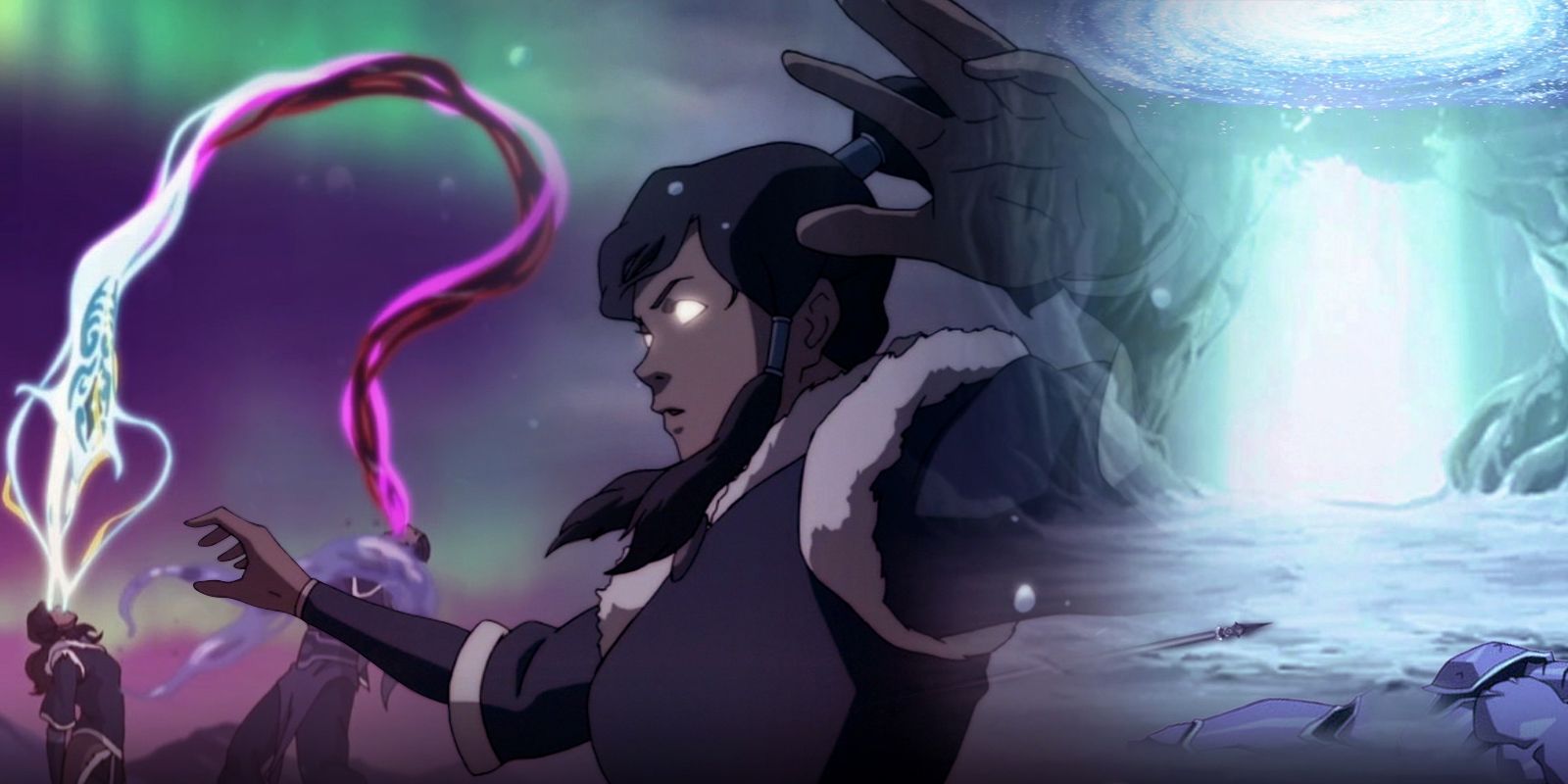
Related
The Legend of Korra Secretly Foreshadowed the Avatar’s Ultimate Downfall
The Legend of Korra has many moments that foreshadow her and society’s downfall, creating the catalyst for the new series Avatar: Seven Havens.
Aang only appears to Korra a few times and is shown in a handful of flashbacks before he, and all the other Avatars, are erased from existence. After all the time and emotion fans spent caring about the intrepid boy from the first series, his disappearance in Book 2 was a slap in the face. Fans have been longing to see Aang and his friends as adults, to see the kind of benders and warriors they would become. They also wanted to see what Aang would be like as an adult Avatar. But their hopes are dashed in one of the anime’s worst writing choices.
Getting rid of Aang is anticlimactic because it cheapens the time audiences spent with the character. In a way, his minimal presence in The Legend of Korra series makes the anime seem almost pointless. The theme of Avatar: The Last Airbender has always been relying on the past to inform the future, but that is impossible to do when the past is completely erased and inaccessible to the present.
Aang’s Absence Stunts Korra’s Growth as an Avatar
Korra Has to Rely on Herself & Others Who Don’t Understand the Avatar Lifestyle
Once Aang is no longer in the series, Korra is left to deal with all the heinous things that happen to her alone. She has no one to bounce ideas off of who might have similar experiences as the Avatar. She also doesn’t have someone who will temper her more rash actions who knows what it’s like to be the Avatar. Even when Aang is in the anime, he doesn’t appear often enough for Korra to understand there is both wisdom and empathy in the former Avatar.
In terms of the series as a whole, excluding Aang (and the Avatar Cycle) from most of the series erases the heart and soul of what the franchise is all about. The series’ lore relies on the Avatar being a great bridge between worlds and channeling all the knowledge and experience from lives past. Without it, it’s just an anime about a very powerful bender without much growth and too many changes to the franchise’s magic system.
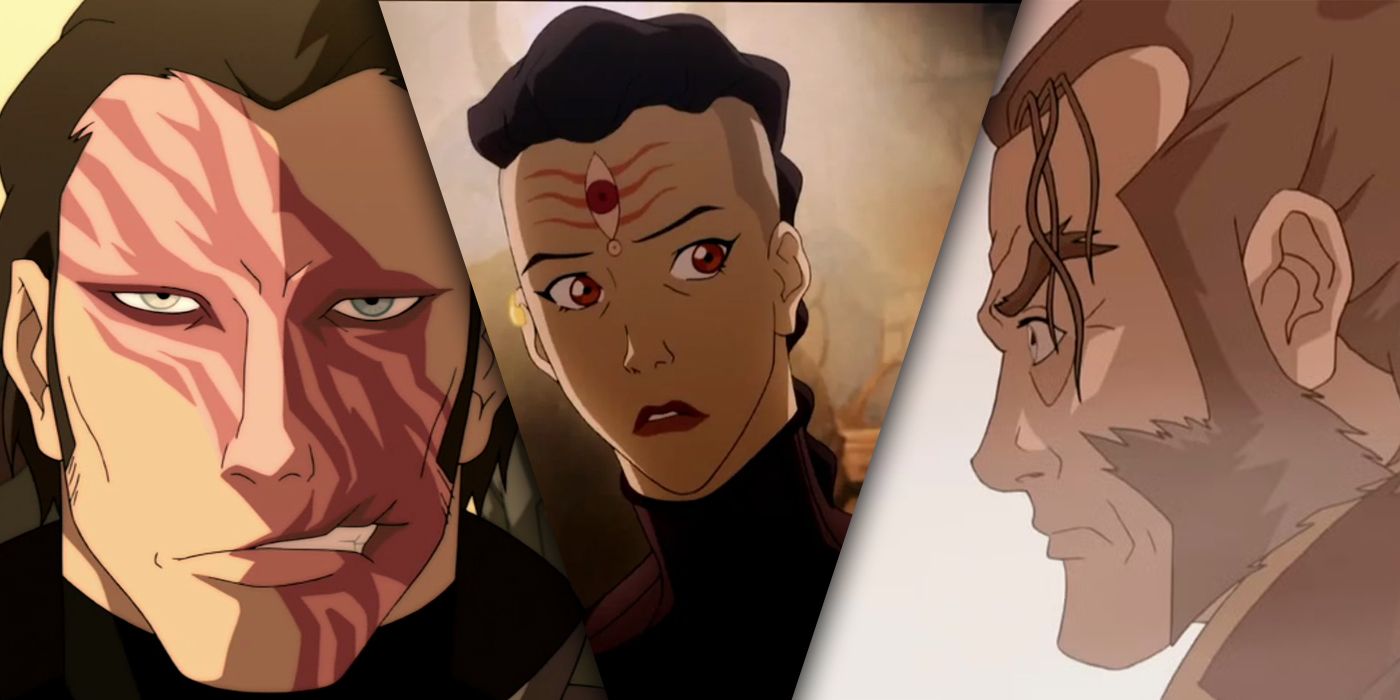
Related
10 Most Horrifying Things to Ever Happen in The Legend of Korra, Ranked
The most horrific moments in The Legend of Korra mainly served to either create a stunning plot twist or move a character’s arc forward in grim ways.
The Legend of Korra is its own story, so it shouldn’t focus entirely on Aang and the Gaang. That said, there should be more appearances from them to draw in old fans. Avatar: The Last Airbender and all of its characters are what gave birth to The Legend of Korra in the first place. Without as many callbacks and scenes with Aang, The Legend of Korra is just another series about a chosen one who doesn’t handle her responsibilities as well as she could with help. As it stands, Korra is left to deal with all the chaos and responsibilities that come with being the Avatar without the proper guidance from someone who has been in the same situation. Tenzin and Jinora are okay substitutes for her spiritual guides, but they could never understand the pressure and nuances of what it means to be the Avatar.
Sidelining Aang Diminishes the Importance of Learning From the Past
The Avatar Is Continuously Reincarnated to Carry Past Knowledge & Lessons Into the Modern World
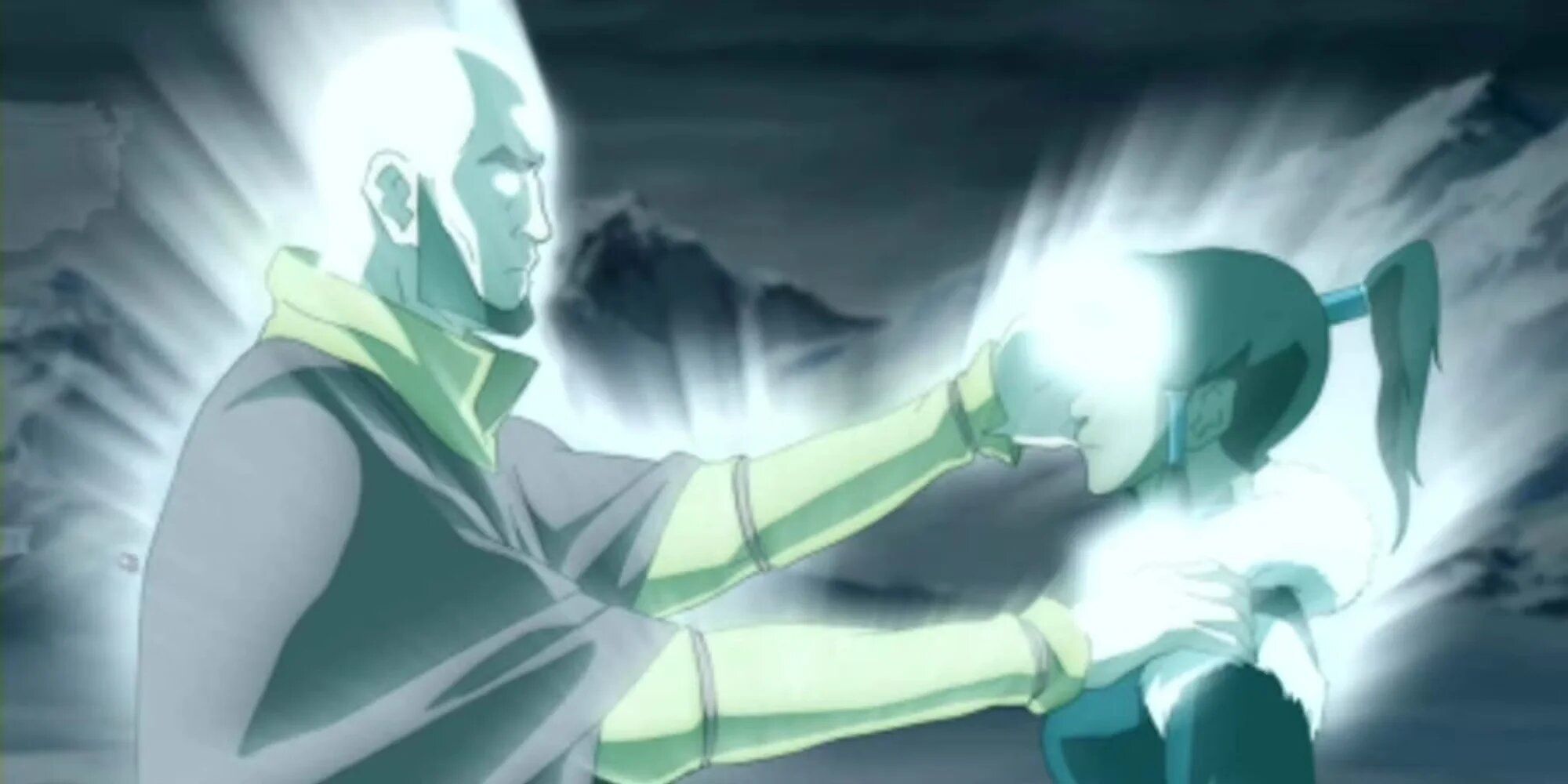
Once Aang is sidelined for good, all the lessons learned in Avatar: The Last Airbender are meaningless. Rather than gaining Aang’s wisdom, Korra suffers through all the same emotional turmoil Aang did. Aang spent all of Avatar: The Last Airbender learning to control his emotions and open his chakras. Yet, audiences are expected to go through the exact same story with Korra all over again.
The ideal story fans hoped for was one where Aang’s growth would be supplementary to Korra. Instead, the series sidelines Aang and gives Korra the same character development. Even though The Legend of Korra is darker, it hits many of the same emotional beats — but without the payoff of a major triumph. Instead, Korra is left beaten down and longing to escape the real world to live among the spirits with her girlfriend, Asami Sato.

Related
10 Relationships From The Legend of Korra That Deserved Better Arcs
The Legend of Korra featured powerful bonds, but many relationships lacked depth, leaving fans wanting more development and screen time.
The Legend of Korra was meant to expand upon the Avatar: The Last Airbender universe, but it ended up rehashing the same story but with an edge. By taking Aang out of the equation, it not only alienated many fans from the original but didn’t provide enough context about the Avatar to new viewers. If Aang had been around more to guide Korra, there is no doubt she would have made vastly different decisions that wouldn’t have made her so reviled by the people of Republic City.
Aang was never a perfect person. He had his moments of irrationality and would regularly avoid responsibility. But his overcoming those obstacles is one of the many things that made Avatar: The Last Airbender great. With his knowledge as an adult, Aang could have passed down what he had learned to Korra and helped her find a more stable footing as an Avatar. Without Aang there, the story feels incomplete. Being the Avatar means being a bridge and ensuring goodness and justice remain in the world throughout the ages. Sidelining Aang similarly sidelines Korra’s status as the Avatar — making her nothing more than a teenage chosen one with enormous expectations and without any of the inherent powers every Avatar is supposed to have.





